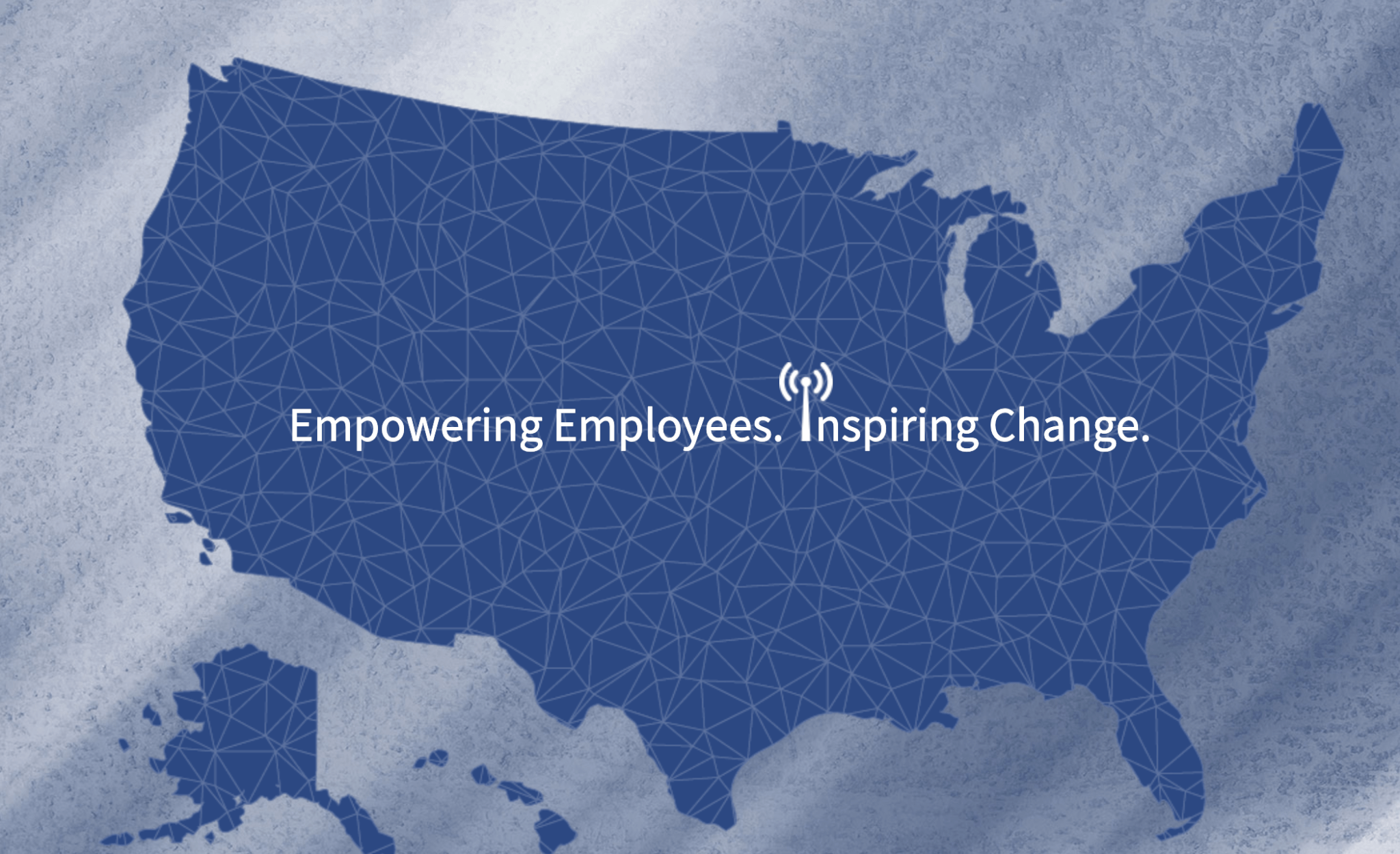 By Michael Rhoads, May 16, 2022
By Michael Rhoads, May 16, 2022
The results are in! Every year, OPM takes the pulse of what Federal employees are thinking and catches the latest trends. It’s a great chance for agencies to take pride in what they are doing well, recalibrate what needs to be fine-tuned, and look for blind spots that may have eluded their attention.
So, what can we learn from this year’s Federal Employee Viewpoint Survey (FEVS)? Quite a lot.
Let’s start with what agencies are doing well. The highest percentage level of agreement, at 88%, was “Employees in my work unit meet the needs of our customers. (Q. 14).” Most Federal employees know their colleagues work hard every day for our nation. Supervisors should also be given proper recognition as well: 86% of respondents felt their “supervisor treats me with respect. (Q.29)” and 82% feel “my supervisor listens to what I have to say (Q. 28).”
What could be fine-tuned? Employees seem to receive a mixed message about work-life balance depending on the messenger. Eighty-four percent report that “my supervisor supports my need to balance work and other life issues. (Q. 25).” However, only 60% believe “Senior leaders demonstrate support for Work-Life programs. (Q. 38).”
But this is not a time to rest on our laurels. At 42%, the second lowest percentage level of agreement is “In my work unit, steps are taken to deal with a poor performer who cannot or will not improve. (Q. 10).” This is a common theme we here at FELTG address in many of our courses. However, managers can – and should – take action.
It is our mission here at FELTG to give supervisors the appropriate tools to handle poor performers. If you are a supervisor who could use help dealing with poor performers at your agency, FELTG’s flagship course UnCivil Servant will take you step by step through the process of dealing with unacceptable performance. Join us on Tuesday, May 24 and Wednesday, May 25 from 12:30 – 4 pm ET each day.
Another important takeaway I found in the FEVS is employees want better recognition for their job performance, and “differences in performance” compared to their co-workers. Better communication is also on the minds of employees since only 59% report “Managers promote communication among different work units (for example, about projects, goals, needed resources). (Q.35)”
One thing is relatively clear in reviewing the FEVS, telework makes people happy. Looking at the individual questions there was a positive upward trend in responses from 2017-2020. The 2021 FEVS responses declined in almost every case.
I can hear the statisticians out there yelling, “correlation is not causation!” However, when almost every metric comes down year over year, I’m willing to take the educated guess a decline in telework might be the culprit.
To back up my assumption, the telework status of ‘I telework every workday’ started at 2% in 2019, rose to 47% in 2020, and came down to 36% in 2021 as reported in the FEVS. OPM also came to the same conclusion, “Telework is positively related to higher scores on Employee Engagement and Global Satisfaction and declines in telework could be linked to a decline in these scores.”
What is clear is that change marches on in our society. We’re still coming to terms with the drastic changes everyone in the world was forced to face over two years ago. When it comes to dealing with changes to Federal Employment Law, FELTG is here to assist you. Stay safe, and remember, we’re all in this together. [email protected]

